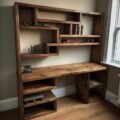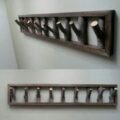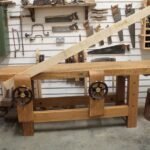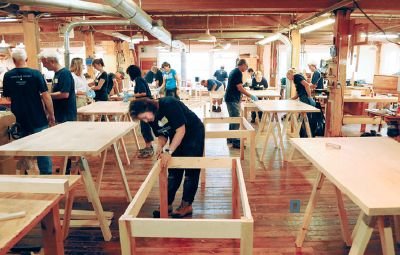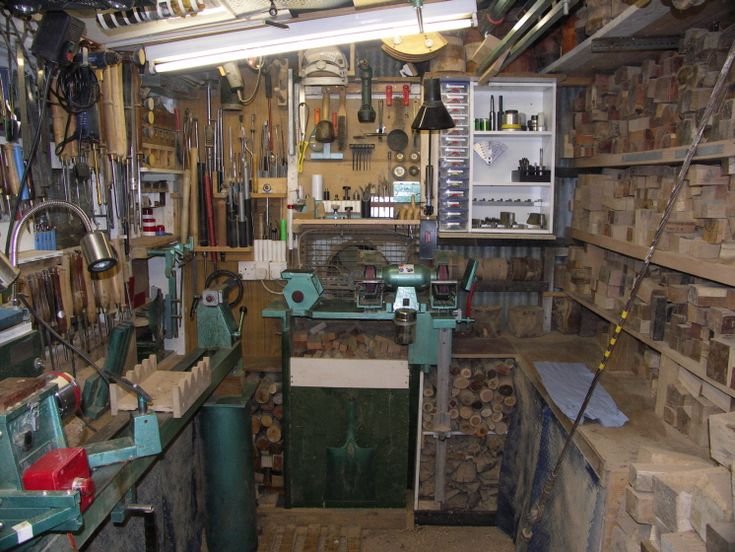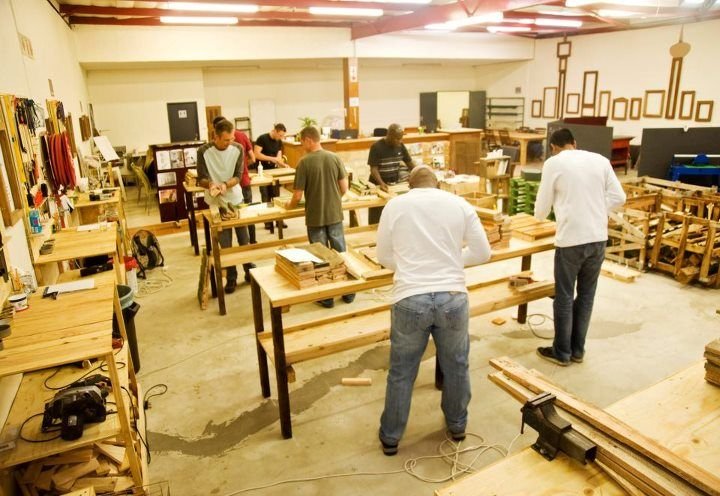The Kuka Robot and My Woodworking Journey
So, pull up a chair, grab a cup of coffee—preferably one of those big ones that you can nurse all morning—and let’s chat about my recent foray into the world of woodworking with a Kuka robot. Yeah, I know, sounds high-tech and all fancy-like, but trust me, it’s been a wild ride, at that.
Now, I’ve always dabbled a bit in woodworking. You know, building stuff for the house, making some shelves, maybe trying my hand at crafting a table or two. I’m not a professional by any means, just a guy from a small town with a knack for getting my hands a little dirty and a passion for creating things. When I got the chance to work with a Kuka robot, I thought, “Why not? This could be the future of my woodworking.” Little did I know, I was getting myself into a world of surprises.
The Promise of Precision
I remember the day it all started; a warm afternoon, and I was in my garage, sipping on some coffee while watching these automated arms online. “Look at those precision cuts!” I thought. “I could make gorgeous pieces of furniture without all the back-breaking labor.” So, I dove headfirst into this project, convinced it would be as easy as pie.
Well, let me tell you, there’s nothing easy about setting up a Kuka robot. The first time I wheeled it into my garage, I felt like I was working with some alien technology. Those long, articulated arms? They seemed like they’d reach out and grab me if I wasn’t careful! I had to figure out how to control the thing, which was way harder than I thought. I mean, programming it? It felt like trying to teach a dog to drive a car—lots of barking and not much driving.
Where Things Went Awry
So, after countless hours spent reading user manuals that felt more like space-shuttle blueprints, I finally got the thing running, or so I thought. My first project? A walnut dining table—sounds simple enough, right? I can almost smell that rich, earthy aroma of fresh walnut just thinking about it.
I prepped all the pieces, carefully cutting and sanding everything down by hand first, which was still nice and therapeutic. Sanding feels like the zen part of the process when you’re just lost in the rhythm of it. But when it came time to let the Kuka take over, I was a bundle of nerves. I press that “start” button, and, of course, the robot just kinda stared at me for a moment, its mechanical arm freezing.
Then it jerked into life, and, oh boy, it was like watching a dance. But here’s the kicker: the first cut? Complete disaster. I almost gave up right then and there. The arm snagged, sending my piece of walnut tumbling to the ground with an echoing thud that felt like my dreams crashing down too. I mean, I could hear my heart drop just as easily as that wood did.
Learning the Hard Way
Now, I could regale you with tales of all the things I did wrong, but let’s stick to a few highlights. One major lesson? Calibration. It turns out that getting the settings on this robot just right is kind of a big deal. I didn’t think about the little things—I mean, who preps for a project and thinks, "Hey, I should really calibrate this robot to my specific wood thickness"? But it matters!
And then there was the software. My God, I found myself staring at code lines that blurred together like a bad Sunday-morning hangover. There were moments when I just wanted to scream—seriously, I thought of throwing my computer out the garage door. But then I’d take a breath and remember that victory tastes sweet.
Triumph, Not Perfection
Fast forward a few weeks—yep, it took that long—and with quite a bit of trial and error, I finally produced a piece I was proud of. When that Kuka robot smoothly sliced through the walnut, and I saw those clean, beautiful edges, I laughed out loud. It was like a moment of relief washed over me, mixed with sheer joy. Who knew I could create something that looked like it belonged in a magazine? I still had to sand and finish it by hand, of course—the robot wasn’t perfect, but it certainly made the structural parts shine.
Every time I pulled that table out for friends and family, I felt a swell of pride. I had turned what felt like a nightmare into something real, something I could share. Seeing their faces when they complimented it—it made the struggle worth every over-calibrated, frustrating hour spent in the garage.
The Takeaway
Listen, if you’re considering getting into something like this—whether it’s a robot or any new tool—just go for it. Seriously. Sure, it’ll be a mess at first, you might feel like chucking things now and then, but those moments of triumph? They’re what make it all worth it. I wish someone had told me that earlier! So take that leap, get your hands dirty, and don’t be afraid to make mistakes. Each one just brings you one step closer to something amazing.
So what’s next for me? Well, I’ve got a stack of oak waiting in the corner, and I can’t help but wonder what stories that wood will tell. Cheers to that!

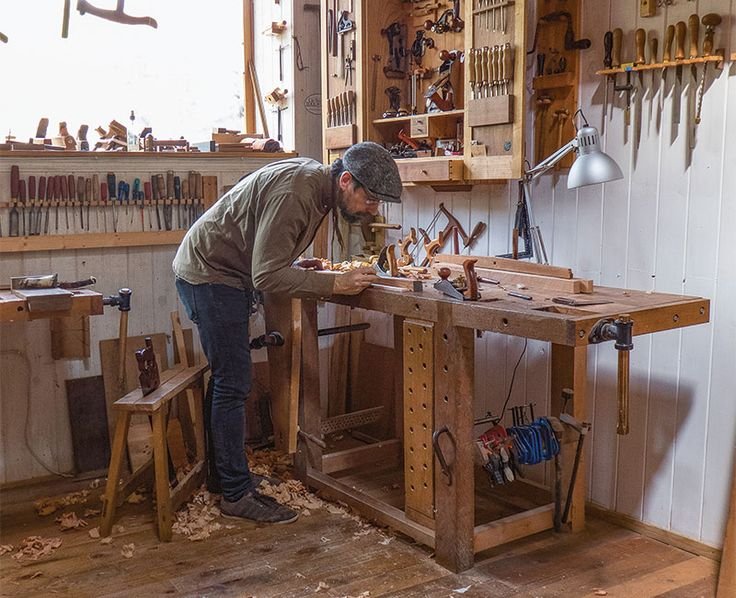
-768x768-150x150.jpeg)
